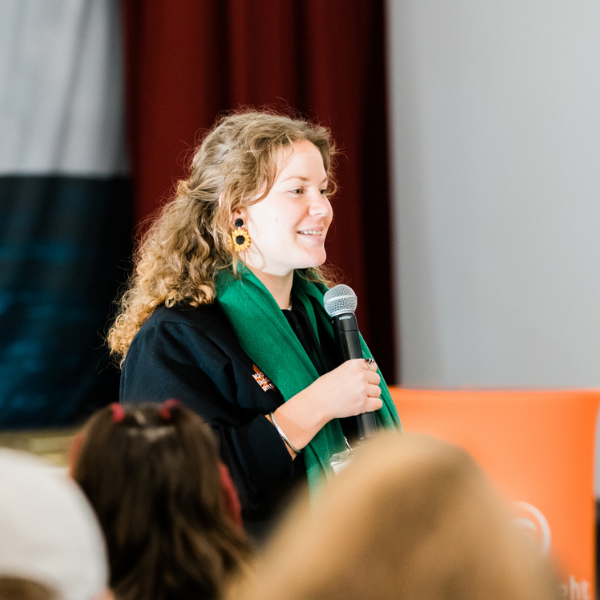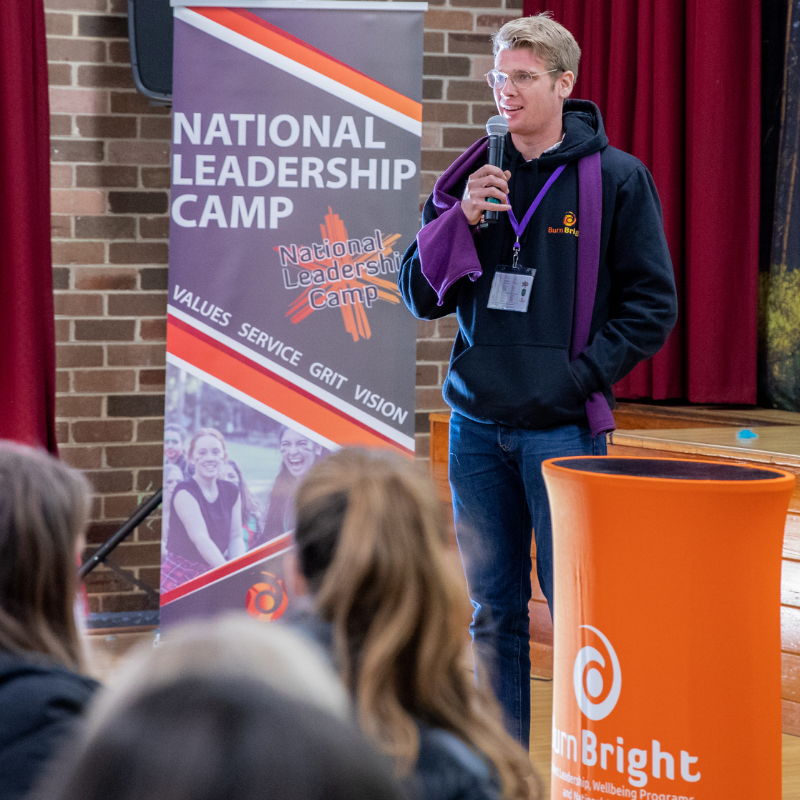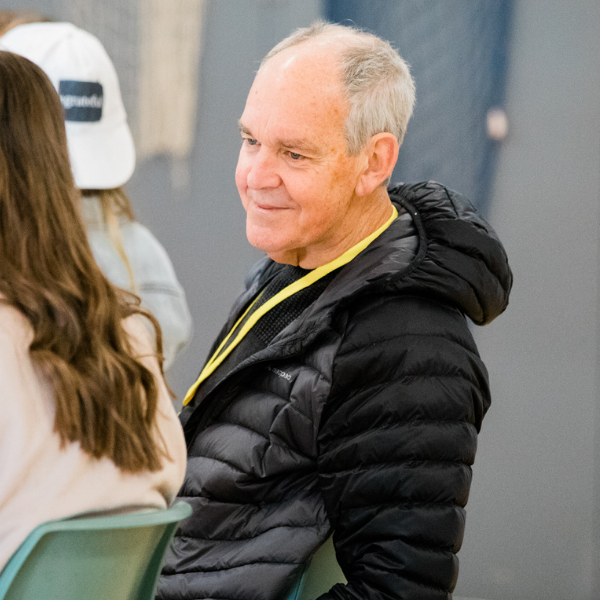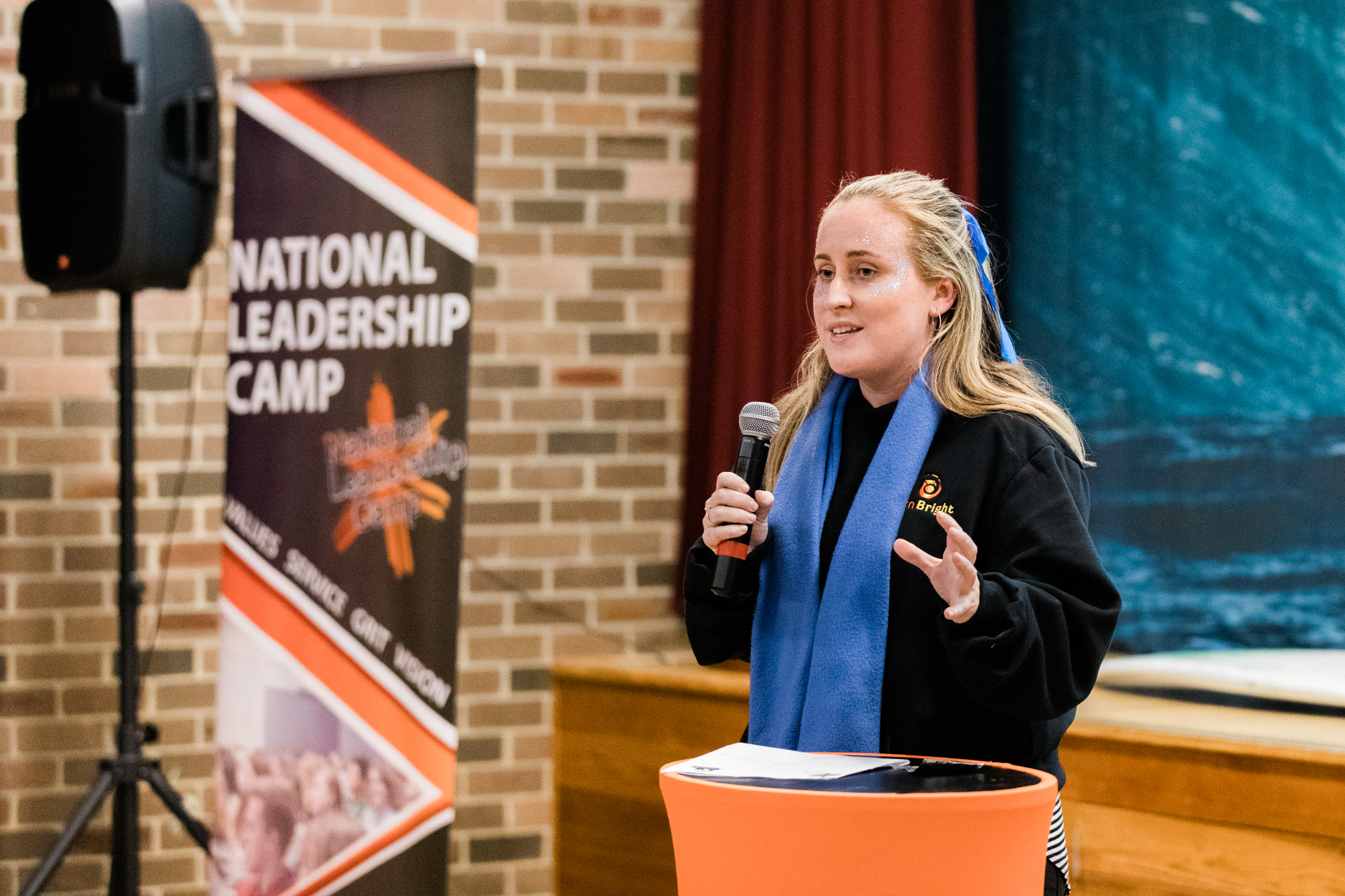The teenage years can be a terrifying time. Suddenly you are navigating uncharted and murky waters as your young person suddenly stops communicating, faces the many challenges of high school and you’re just not sure what to do or how to reach them.
Well, reaching and connecting with young people is a part of of the fabric of what we do at Burn Bright, and we’ve put together our years of research into the best evidence-based approaches for you to do the same.
Self-Determination Theory
Self-Determination Theory (SDT) is one of the best and most well-researched theories of human motivation.
When we hear the words motivation, we might think of rah rah motivational speakers who make you feel good for a few days before everything returns to normal.
However, self-determination theory is a theory of motivation and growth that leads to sustainability.
All humans have a base set of psychological needs, and satisfying these needs is essential for healthy development, engagement with the world around us, effective behaviour and psychological wellbeing.
SDT tells us that a person is able to become self-determined when their needs for autonomy, relatedness and competence are fulfilled. We’ll dive into what these mean in a moment. It also tells us that people are happier when they are able to pursue things that are in line with their own goals and values. This makes them feel responsible for the outcomes of the goals and has a huge impact on a person’s mental health and vitality.
“The term self-determination refers to a person’s own ability to manage themselves, to make confident choices, and to think on their own” Deci, 1971.
SDT was originally theorised by Deci and Ryan and you can find extensive research and further information on their website – http://selfdeterminationtheory.org/.
What are the 3 Core Components of SDT and How Do They Relate To Us?
Let’s explore three components of SDT and how they can relate to our young people.
- Autonomy
- Autonomy is feeling in control of one’s behaviour and being able to self-initiate and self-regulate their own behaviour. For young people to gain this autonomy, they need the freedom to choose to become more self-regulated.
- Competence
- Young people need to believe they have the necessary skills and abilities to exercise and expand their capacities. We need to have the basic skills, judgement, and strength to be able to achieve the goals or tasks we are working towards.
- Relatedness
- Young people need to feel connected to others as they live and work. This takes the form of being involved in social groups, communities, and shared initiatives with other people. This feeling of connection, not only to other people, but also to groups and causes that they are passionate about creates a sense of fulfilment that promotes intrinsic motivation in positive behaviours.
How to Use This Theory
So what does all of this mean for us as parents?
The more internal a goal is, the more autonomy a young person has. When young people are more connected at home and with peers, and when a young person feels like they have a basic level of skill, they achieve more success in the tasks they are trying to complete.
The more autonomy, competence and relatedness they have, the more a young persons wellbeing increases.
Autonomy without accountability is anarchy (especially with teenagers).
When we talk about giving young people autonomy the first reaction is always, “well if I give them autonomy then they won’t do anything useful or helpful for their lives”. But providing autonomy doesn’t mean handing over the keys to the kingdom and telling your teenager to do whatever they want. It means working with them to set autonomous goals and helping them to establish how they might be accountable to those goals. We need to teach our young people to self-regulate without their parents’ intervention.
How Do We Teach Them? – The Coaching Approach
It’s important to take what we at Burn Bright call a ‘coaching approach’. Essentially this means 2 key things:
- Ask, don’t tell
- This goes back to the origins of coaching psychology as we know it.
- Learning to be a great question asker and asking questions that help young people explore and reflect on their own emotions, feelings, thoughts and behaviours is better for a young person’s self-efficacy and autonomy.
- Help to set goals
- Coaching is all about helping people to set goals and work towards them. So how are you supporting your young person to set goals?
- Remember that goals don’t need to be big lofty things and may be short term or long term. They may be weekly or they may be for ten years’ time.
- Remember that some goals may not be helpful for young people, so ensure you are listening to what they are wanting from their goals.
- Sometimes starting with small goals and building them up to bigger ones is a great way to start with goal setting.
6 Ways You Can Use Self-Determination Theory at Home with Your Young Person
- Change the way we have the conversation around home chores and tasks
- Instead of nagging and asking over and over again for chores to be done, sit down with your young person and have a conversation along these lines: “We need chores to be completed for the effective functioning of this household and it’s important for us to all contribute. Its over to you to choose which chores you would like to do and what time frames you would like to do them in.”
- Self-determination theory tells us that external rewards aren’t sustainable
- Motivating through bribery may seem easy in the short term and it probably is! However, SDT shows us that external rewards or goals created for us are less motivating and aren’t good for our wellbeing.
- This may mean you need to avoid the temptation of short term rewards in favour of helping your young people to set goals that align with their values, what’s important to them and their ideal self. This may be more challenging then the short term win but trust us in the long term gain!
- Make sure home is a place of relatedness
- We know how important connection is to our basic needs and at Burn Bright we say your wellbeing starts at home! Often young people spell love T-I-M-E even if they don’t look like it they are craving connecting, so find the best ways of supporting that.
- If your young person doesn’t have the competence for a task then help them to find it for themselves.
- Rather than showing them what to do or telling them what to do, help your young person to find out the information for themselves. Maybe it’s watching a YouTube video together, or driving them to a workshop or a course, maybe it’s doing something together so you’re both learning.
- Keep accountability through question asking as opposed to telling
- It can be quite tempting to just dish out how you are feeling to your young person by telling them everything they have done wrong.Try instead asking questions and get them to tell you what might have gone wrong in a situation. This may help your young person to have a greater autonomy over that behaviour in the future. 9/10 times they will know what has happened and what needs to be changed for next time.
- Don’t reward success – celebrate effort
- Lots of research shows us that celebrating effort increases goal achievement in the long run. Even if your young person wasn’t successful in the first instance, working with them to celebrate the effort they put in will help them to try again. If they were successful celebrating the effort, that will help to see that goal progress is as important as the success of the goal for their wellbeing.
So next time you’re about to react to something your young person has done, remember the science. Give your young person the autonomy, the keys to competence, and the relatedness they need and crave.
Our evidence-based work with young people has spanned over 7 years, working with more than 77,000 young people across Australia and New Zealand. Our team is passionate about developing and backing the potential of all young people, and we are always learning and creating new ways to do that.
One of the ways we aim to achieve this is by packaging our learning, knowledge, and experience into interactive and easy-to-use digital courses that you can use with your young person. If you want to learn more about our evidence-based work with young people and how you can introduce this to them, click here to take a look at our courses.








